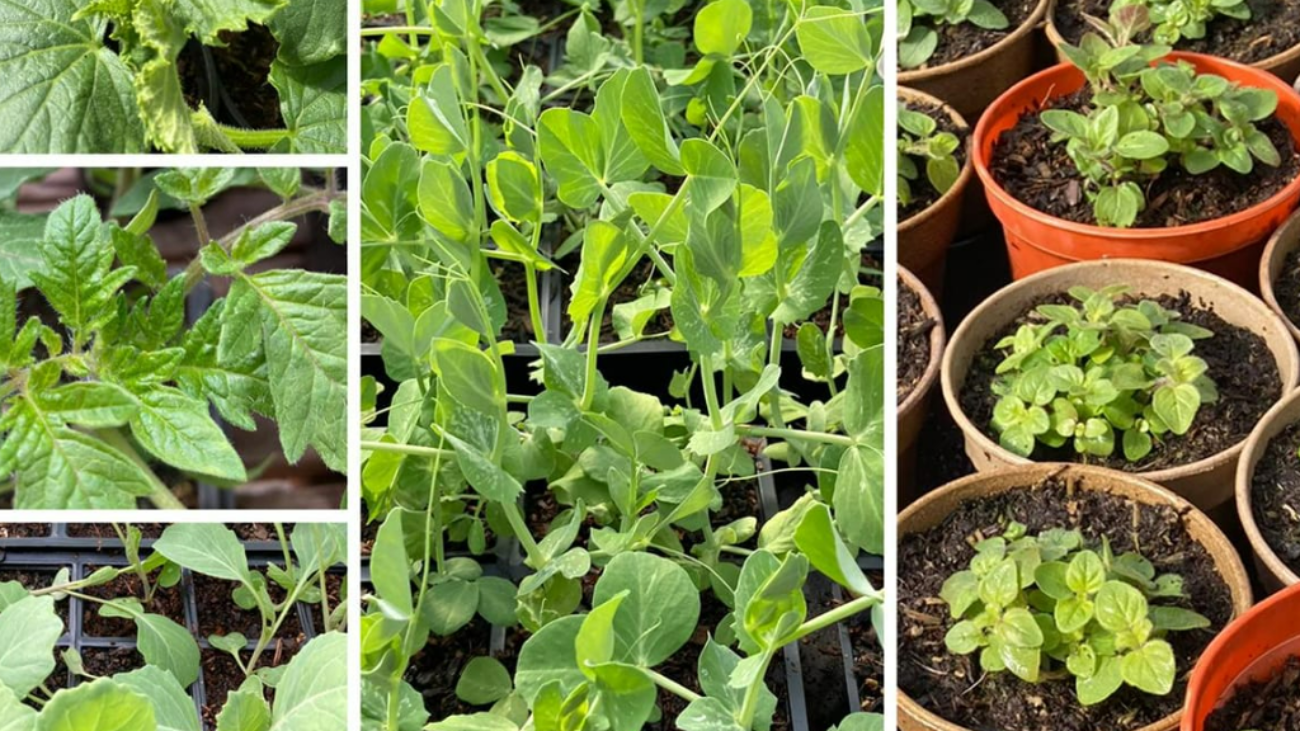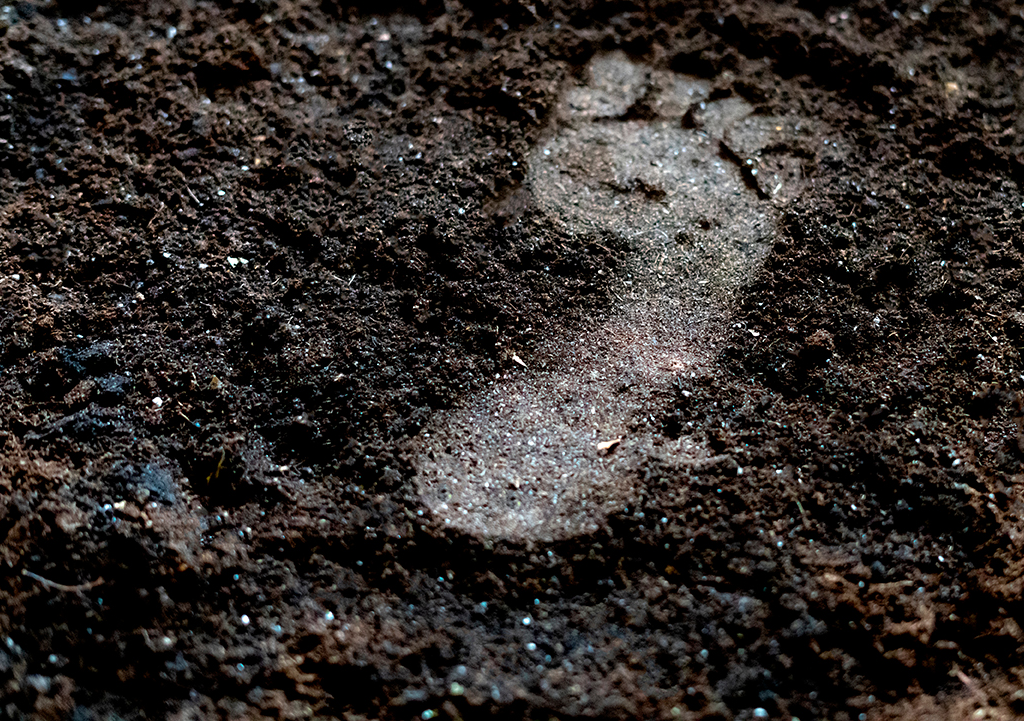Rob Davidson is a community and market garden with years of experience growing in a Scottish climate.
Things I have considered in compiling this list include what tastes nice, what grows well (in my experience), what grows easy, what makes people go “WOW!” and what people are likely to want to take home to make into something delicious…
We have to start with tatties, the finest of foods, an absorber of flavours and a staple of all food staples. In terms of deliciousness and early seasonal success, I have to advocate the rare and special Sharp’s Express prone to a bit of scab but otherwise seemingly disease resistant. They need a good watch when cooking though, so they don’t turn to fluff. My absolute top potato recommendation for a novice gardener is Pink Firr Apple. These beauties tick all the boxes on my approval list. They’re very disease resistant, give a high yield, taste delicious and are a perfect salad potato to rival any salad potato from wee bags at the supermarket.
Next up, the pea. There are a lot of pea varieties out there. A very easy-to-grow pea that without doubt succeeds in Scotland is Kelvedon Wonder. It’s not rare or fanciful, but it works, it yields well, and it’s delicious when eaten raw and straight from the plant or even after being frozen for a few months and eaten with fish and chips. Some things are classic for a reason. I’d like to add a variety called Ezeta’s Krombek Blauschocker, just for the name alone.
Tomatoes If you’re brand new to growing tomatoes and have very little space try a bush cherry variety like Tumbling Tom – you can keep it on your kitchen window sill, and with the minimum of fuss, it will supply you with fresh cherry tomatoes for months.
Lettuce is an easy choice. Red Salad Bowl and Green Salad Bowl are two varieties that deliver on the requirements of this list. The plants last a long time, and you can take leaves from them as required. So they work well in small spaces. Not just clever names either; one is red, and one is green, so these simple leaves can make a pretty salad bowl.
Cabbage is a requirement in our house, and we love it in coleslaw and with roasts. It’s my observation that red-leaved brassicas (cabbage family) seem to be left alone by bugs and beasts, so I’m starting there. Drumhead is an ok variety for an easy start.
Kale is a must for an easy start for a novice gardener. Along with all other brassicas, if you get it off to a solid start it should grow well. Once established, kale plants can provide fresh leaves for months and grow right through winter. The most delicious and easiest is Nero de Toscano (Tuscan black). I’d also suggest trying one of the red ones like Scarlet.
Rob Davidson’s Bio
“I’m a self-proclaimed market gardener, having worked in various locations growing fruit and vegetables for companies and projects in the Lothians and Fife. I’ve had no particular training, but I grew my first lettuce aged four, I’ve planted 1500 raspberry plants in frost during Twixtmas, and I’ve bagged more mixed salad than is humane. I’ve endured it all; the only thing that triggers trauma is the memory of picking gooseberries, aged 11, for cash. I still bear the scars of that – both mental and physical. Currently working on two projects with beautiful views of the Forth, I consider myself a jammy sod. Those projects are Grow West Fife and Lauriston Community Farm. Two great examples of how to get stuff done, operating on different scales, and both are thriving with feeding their local communities at their heart. I’m a physical giant, but metaphorically I’m standing on the shoulders of the giant characters who set these things in action and for whom I am massively grateful.”
Let us know what you are growing more of and where.





